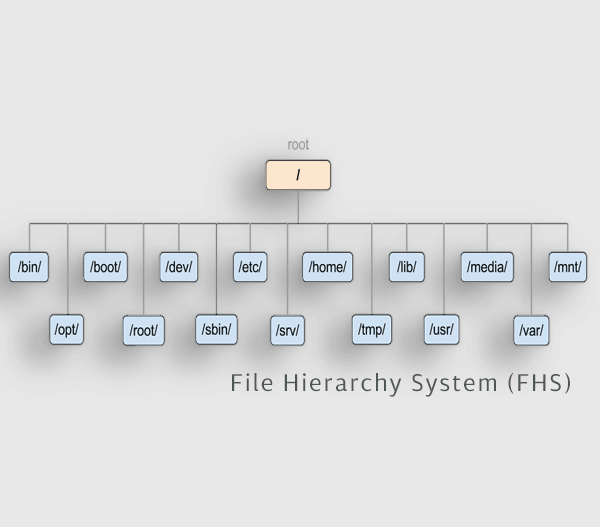This tutorial documents the steps to get Samba 4 working as a Active Directory Domain Controller using Ubuntu 16.04.
Use Certbot Standalone Mode to Retrieve Let’s Encrypt SSL Certificates
Let’s Encrypt is a service offering free SSL certificates through an automated API. The most popular Let’s Encrypt client is EFF‘s Certbot.
Certbot offers a variety of ways to validate your domain, fetch certificates, and automatically configure Apache and Nginx. In this tutorial, we’ll discuss Certbot’s standalone mode and how to use it to secure other types of services, such as a mail server or a message broker like RabbitMQ.
Using Xen Orchestra to create Virtual Machines
Using VirtualBox, HyperV or similar in the labs is a great way to fire up Virtual Machines. However, this method pretty much ties you to that lab machine, unless you are willing to do a (pretty big) export/import of your VM on a regular basis… not very realistic. What if you could access your VMs from anywhere in the college… or even outside… using just a browser? Well now you can!
Subversion Server Howto
Your personal code repository in DkIT can be accessed using the following URL, replace [yourusername] with your login username.
https://svn.comp.dkit.ie/repos/[yourusername]
e.g. for bloggsj
https://svn.comp.dkit.ie/repos/bloggsj
GIMP as a Photoshop Alternative
For those of you who are unaware of GIMP, here is how the software describes itself:
GIMP is the GNU Image Manipulation Program. It is a freely distributed piece of software for such tasks as photo retouching, image composition and image authoring. It works on many operating systems, in many languages.
Understanding the Linux file system
How To Create a SSL Certificate for Apache
SSL is based on the mathematical intractability of resolving a large integer into its also-large prime factors. Using this, we can encrypt information using what’s called a “private-public key pair”. Certificate authorities can issue SSL certificates that verify the authenticity of such a secured connection, and on the same note, a self-signed certificate can be produced without third-party support. By the end of the tutorial, you will have a web server accessible via HTTPS using a self-signed certificate.
Understanding Binary
The basic building block in all computers is the binary number system.
This system is chosen since it consists of 1s and 0s only. Since computers contain millions and millions of tiny ‘switches’, which must be in the ON or OFF position, this lends itself logically to the binary system. A switch in the ON position can be represented by 1; a switch in the OFF position can be represented by 0.
The PDF Toolkit
Creating and reading PDF files in Linux is easy, but manipulating existing PDF files is a little trickier. Countless applications enable you to fiddle with PDFs, but it’s hard to find a single application that does everything. The PDF Toolkit (pdftk) claims to be that all-in-one solution. It’s the closest thing to Adobe Acrobat that we’ve found for Linux.
Setting Up a Linux Based Tomcat Server (for Java Applications)
Apache Tomcat is a web server and servlet container that is used to serve Java applications. Tomcat is an open source implementation of the Java Servlet and JavaServer Pages technologies, released by the Apache Software Foundation. This tutorial covers the basic installation and some configuration of Tomcat on your Linux server.




